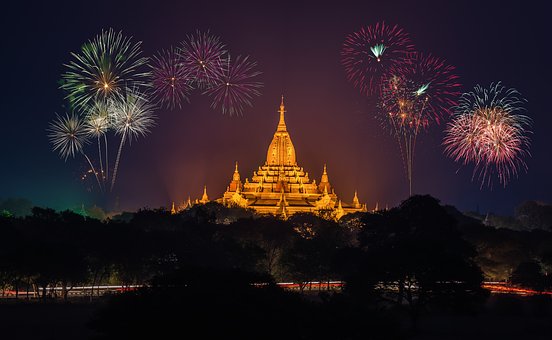“On the road” caught the attention of moviegoers. The photographic exhibition installed at the Cité de la culture is a continuation of the projections of the ethnographic trilogy by Jean-Michel Corillion and Isabelle Coulon, programmed during the JCC. This itinerant photographic work was born thanks to the support of Dalila Choukri, artistic consultant of the festival. It raises awareness of major socio-climatic issues.
The exhibition “On the road” at the Cité de la culture accompanied the visitors. As a complement to the screenings of your ethnographic trilogy, co-produced with Jean-Michel Corillion and presented at the 33e edition of the Carthage Cinematographic Days, it has allowed spectators to continue this journey, through a series of photographs taken during filming. What is its genesis?
The idea of organizing this exhibition arose at the same time as the screening of the three films “On the road”, shot in Malawi, China and India. Photos are a means of telling something else: a less documentary and more poetic vision of what we can see in films. The exhibition feeds the imagination of people who look at the photos and create their own stories. It’s a different path but complementary to the films. We made a selection of 5 photos per country, classified according to themes: those of women, nature, spirituality and those related to an atmosphere, or atmospheres.
“On the road” offers viewers of the trilogy, screened during the JCC, another vision of your three films. How did visitors view it?
The exhibition derives not from the films, but from their shoots. It’s a complementary look at stories told on the big screen. The opening took place at the Cité de la culture. I am very happy with this Franco-Tunisian collaboration since the printer is Tunisian and is called Saber Bahri, a professional who completed the printing of the photos. It was a collaborative work. From Paris, there were only sending photos in files. The development and the process took place entirely in Tunisia. Everything went well. I’m satisfied. There are horizontal formats of photos that show nature. And other verticals, 1m50 by 1 meter, thus offering a proximity between us, spectators, with the people visible in the photos. These same photos that allow them to be with us. There is one, for example, who died, and who continues to live through the image. During the end of the exhibition, we can see a monk who looks at the valley: we followed him and we closed the work with him. The photograph is frozen for a moment, like a freeze frame: I try to instil movement into the photo by having the impression that the photographed characters are often active, in motion. The movements are felt through our photos. Another crucial, visible theme is the relationship that man maintains with nature and animals. This report is treated differently from one culture to another.
Can you tell us more about this ethnographic trilogy, viewed on the big screen during the JCC?
These three feature length documentaries are: “On the road to Phirilongwe” in Malawi, “On the road to Zanskar” in India, and the 3e “On the road to Xiao Jang”, and are co-directed with Jean-Michel Corillion. We were extremely touched by the reaction of the public. There were tears, applause… It was moving, touching. It is only in festivals that we have interesting feedback.

